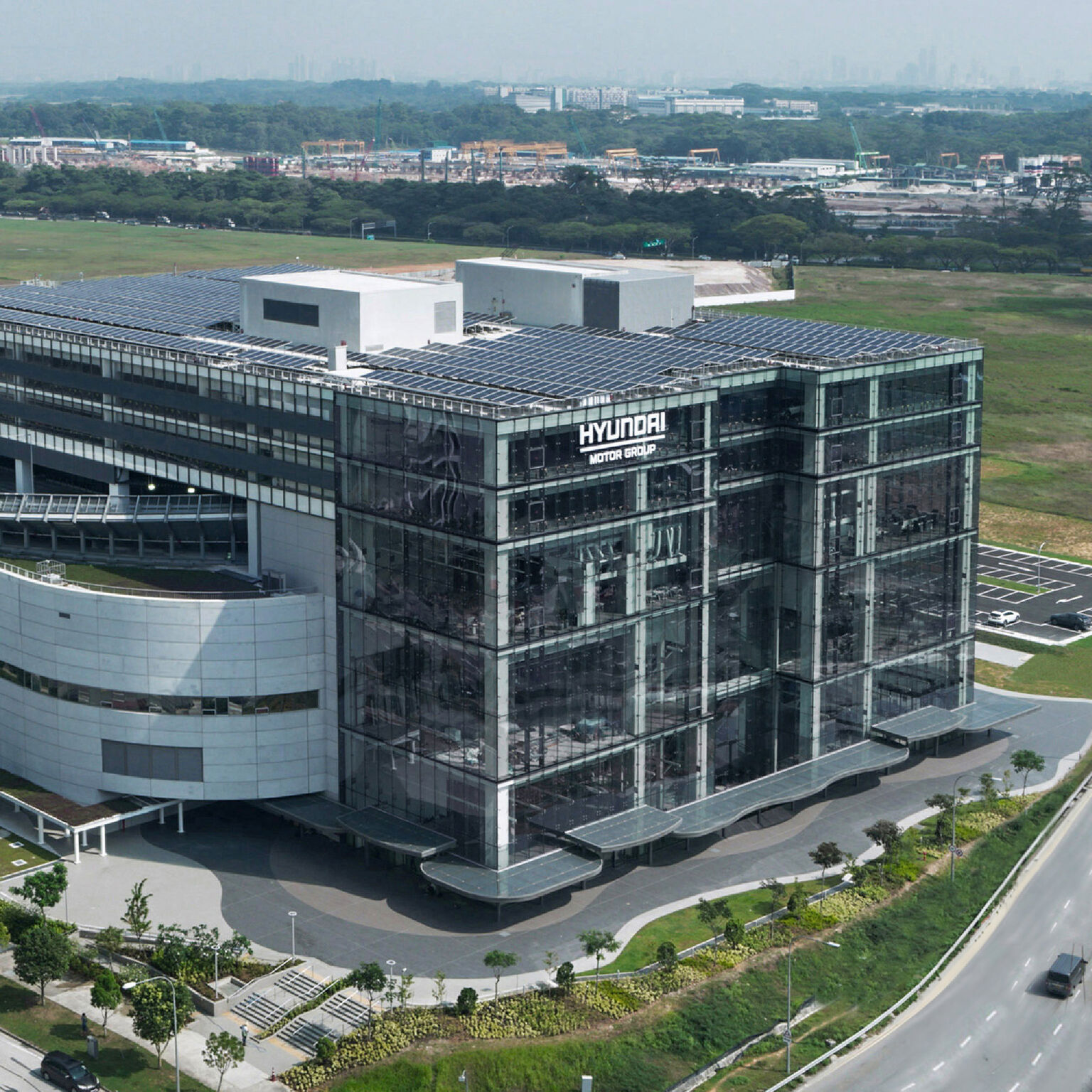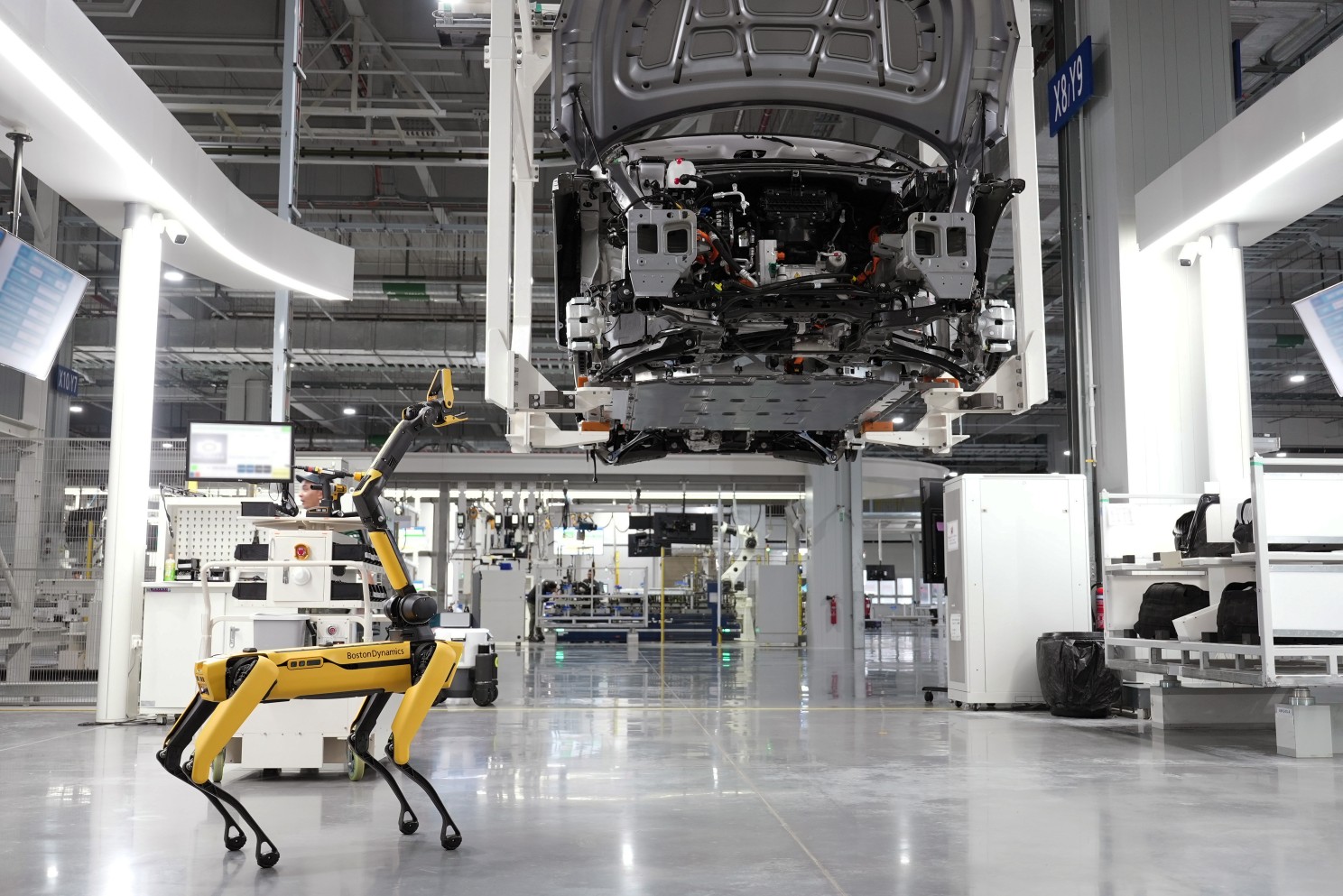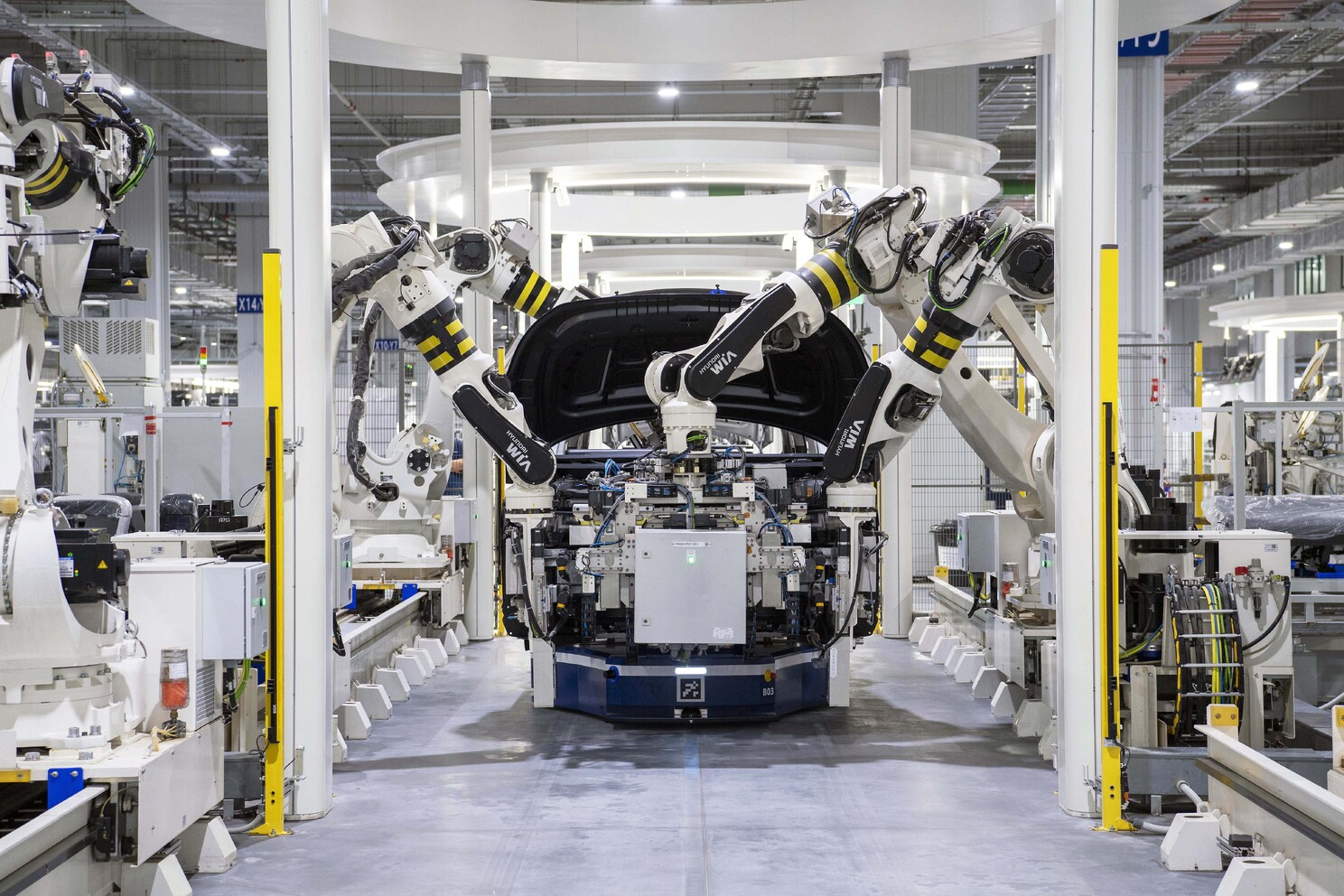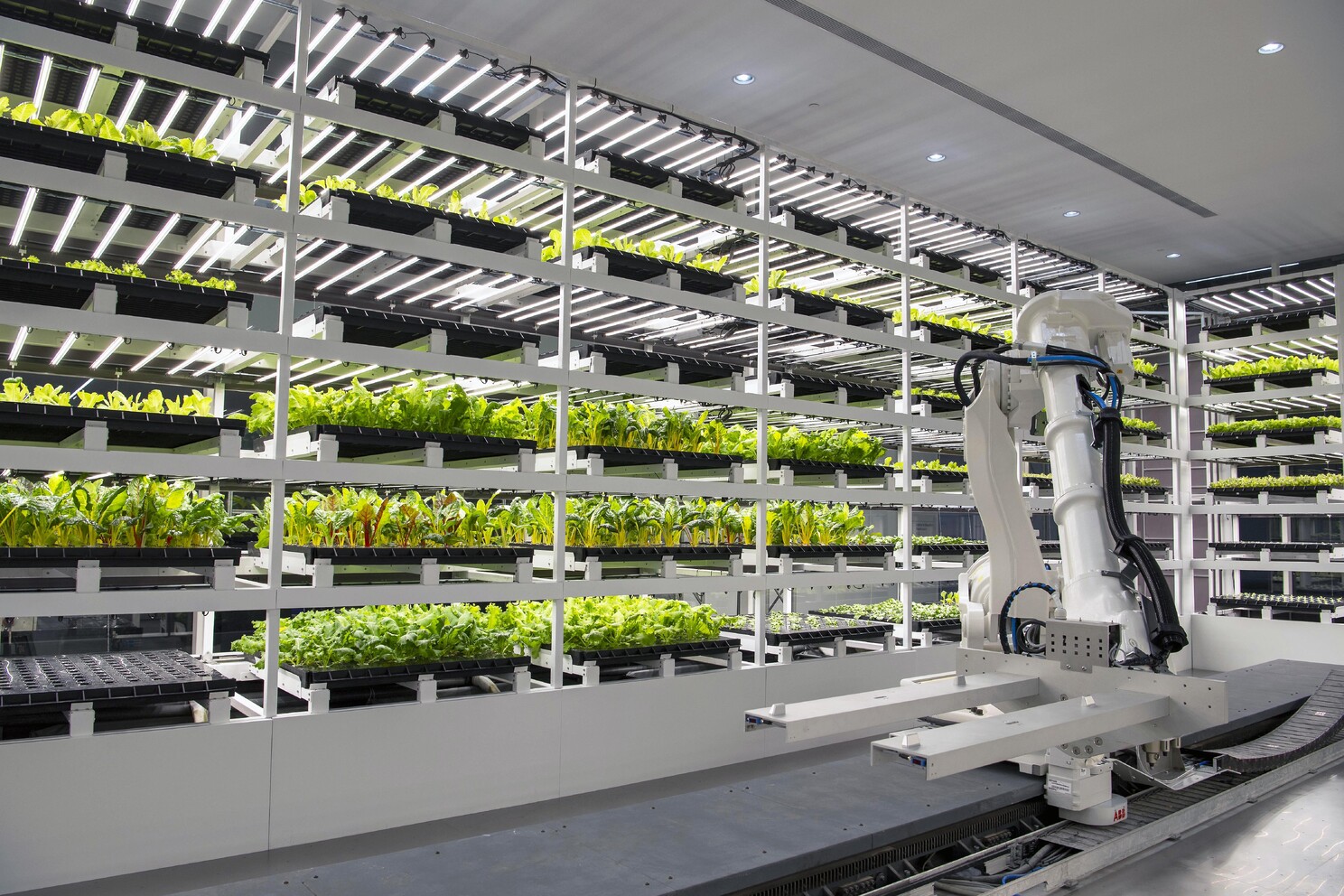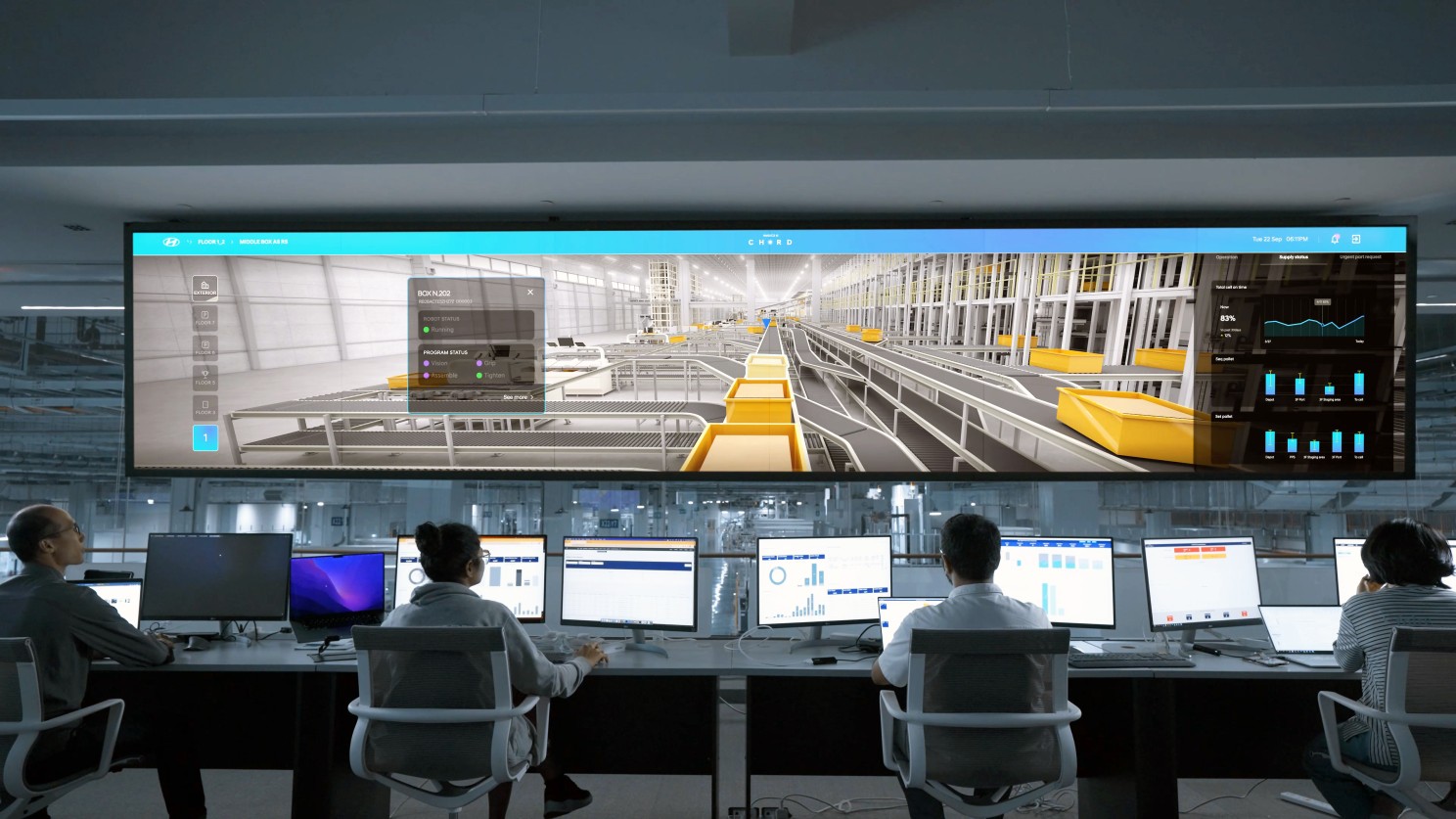Hyundai (KRX: 005380) has just inaugurated the Hyundai Motor Group Innovation Center Singapore (HMGICS), a groundbreaking facility set to transform the landscape of electric vehicle (EV) production. Equipped with AI, robotics, and digital twin technology, this cutting-edge facility is not just about advanced manufacturing; it also marks a significant leap into the future by integrating 3D printing in vehicle manufacturing.
In October 2020, Hyundai laid the groundwork for this revolutionary approach. In collaboration with Nanyang Technological University, Singapore (NTU), the carmaker began projects dedicated to AI and additive manufacturing (AM), signaling a major shift towards more customized and efficient production methods. Following this, the initiative focused on integrating 3D printing into EV manufacturing, enabling customization of auto parts and enhancing overall smart factory operations. The move aligns with Hyundai’s vision of offering customers vehicles that reflect their style.
At the forefront
At the heart of HMGICS’s approach is its human-centric manufacturing philosophy. Integrating digital twin technology and AI facilitates a highly responsive manufacturing process while adding 3D printing technology takes this a step further. As a result, the center claims to achieve unprecedented efficiency and synchronization between human workers, robotics, and AI, with roughly 50% of all tasks carried out by 200 robots.
The brand’s use of digital twin technology is particularly noteworthy. This involves creating virtual replicas of physical devices, allowing for real-time monitoring and simulation. With this technology, the facility plans to rapidly adapt to changes in production demands and customer preferences, offering the potential for bespoke vehicle customization. This feature is increasingly sought after in the modern automotive market.
The customer experience
Working closely with NTU in Singapore is a key part of Hyundai’s new project, like developing AI for vehicle image processing and using 3D printing to make electric car parts. The HMGICS is close to NTU’s Smart Campus, which makes it easy for researchers to keep working together and come up with new ideas all the time.
One of the center’s unique offerings is the ability for customers to customize their vehicles online, choosing from a range of exterior colors and interior trims. Customers can personalize their vehicles beyond just aesthetics, extending to functional aspects as well, tailoring their cars to meet their specific needs and preferences.
Considered a smart urban mobility hub, HMGICS is located in Singapore’s Jurong Innovation District (JID). Spanning 600 hectares, the JID is set to become a hub for advanced manufacturing, featuring state-of-the-art factories and leading companies in sectors like advanced manufacturing, urban solutions, and smart logistics. The JID actively creates an open innovation ecosystem, serving as an ideal hub for collaboratively sharing and developing ideas, technology, and expertise.
Advanced capabilities
In line with the spirit of innovation of the JID, HMGICS provides virtual reality (VR) tours, helping customers explore the facility digitally. Here, immersive experiences include test rides on the facility’s 618-meter rooftop Skytrack and interactions with the brand’s experts, known as “Gurus.”
Furthermore, the seven-story, 86,900 square meters (935,383 square feet) HMGICS facility is equipped to manufacture up to 30,000 EVs annually. Operational since early 2023, HMGICS has already produced IONIQ 5 and the fully autonomous IONIQ 5 robotaxi and will add IONIQ 6 to its portfolio of models built on-site next year. Its advanced manufacturing capabilities make it an ideal testing ground for developing future mobility solutions, including purpose-built vehicles (PBVs). In fact, through a collaboration with the National Museum of Singapore, Hyundai will donate the first IONIQ 5 manufactured at the facility.
Community integration
One of the exciting new features of the center is a Smart Farm. Making its mark in Singapore doesn’t just mean manufacturing cars. Instead, Hyundai is going all in by creating a farm that helps make more food for the host country, where there is not much land for growing crops. The Smart Farm is part of the “30 by 30” policy, which aims to find new ways to grow food in Singapore.
Hyundai’s Smart Farm uses robots and a unique system to grow up to nine different kinds of crops right inside the building. When people visit, they get to take home some of the fresh produce as a souvenir. Plus, the center gives some of this food to people in the JID community. Additionally, the company also announced that a restaurant will open in the second quarter of 2024, where visitors can try dishes made with these crops.
“The ideas and products created here are innovated in Singapore, not just made in Singapore,” said Jay Chang, President and CEO of Hyundai. “Most importantly, HMGICS is an innovation facility centered on R&D. Grounded on Singapore’s future-oriented policies and infrastructure, we will act as a global incubator for Singapore’s talents and businesses through our Corporate Lab Program.”
HMGICS is taking a significant step forward by establishing the first tripartite “Corporate Lab” in Singapore in partnership with NTU and the Agency of Science, Technology and Research (A*STAR). This lab is set to fast-track the development and integration of new technologies, fostering a collaborative ecosystem for future mobility solutions in Singapore.
With so much going on at Hyundai’s Singapore center, this could mark the next phase of the group’s ongoing commitment to lead in the electrification era. Positioned alongside the new Ulsan EV factory in South Korea, the brand’s Singapore innovation center is one of the two pillars that will steer the company’s future mobility and innovation strategies.
All images courtesy of Hyundai Motor Group
Subscribe to Our Email Newsletter
Stay up-to-date on all the latest news from the 3D printing industry and receive information and offers from third party vendors.
Print Services
Upload your 3D Models and get them printed quickly and efficiently.
You May Also Like
Reinventing Reindustrialization: Why NAVWAR Project Manager Spencer Koroly Invented a Made-in-America 3D Printer
It has become virtually impossible to regularly follow additive manufacturing (AM) industry news and not stumble across the term “defense industrial base” (DIB), a concept encompassing all the many diverse...
Inside The Barnes Global Advisors’ Vision for a Stronger AM Ecosystem
As additive manufacturing (AM) continues to revolutionize the industrial landscape, Pittsburgh-based consultancy The Barnes Global Advisors (TBGA) is helping shape what that future looks like. As the largest independent AM...
Ruggedized: How USMC Innovation Officer Matt Pine Navigates 3D Printing in the Military
Disclaimer: Matt Pine’s views are not the views of the Department of Defense nor the U.S. Marine Corps Throughout this decade thus far, the military’s adoption of additive manufacturing (AM)...
U.S. Congress Calls Out 3D Printing in Proposal for Commercial Reserve Manufacturing Network
Last week, the U.S. House of Representatives’ Appropriations Committee moved the FY 2026 defense bill forward to the House floor. Included in the legislation is a $131 million proposal for...


